Morphometry and colony structure of Cardiocondyla species from Georgia
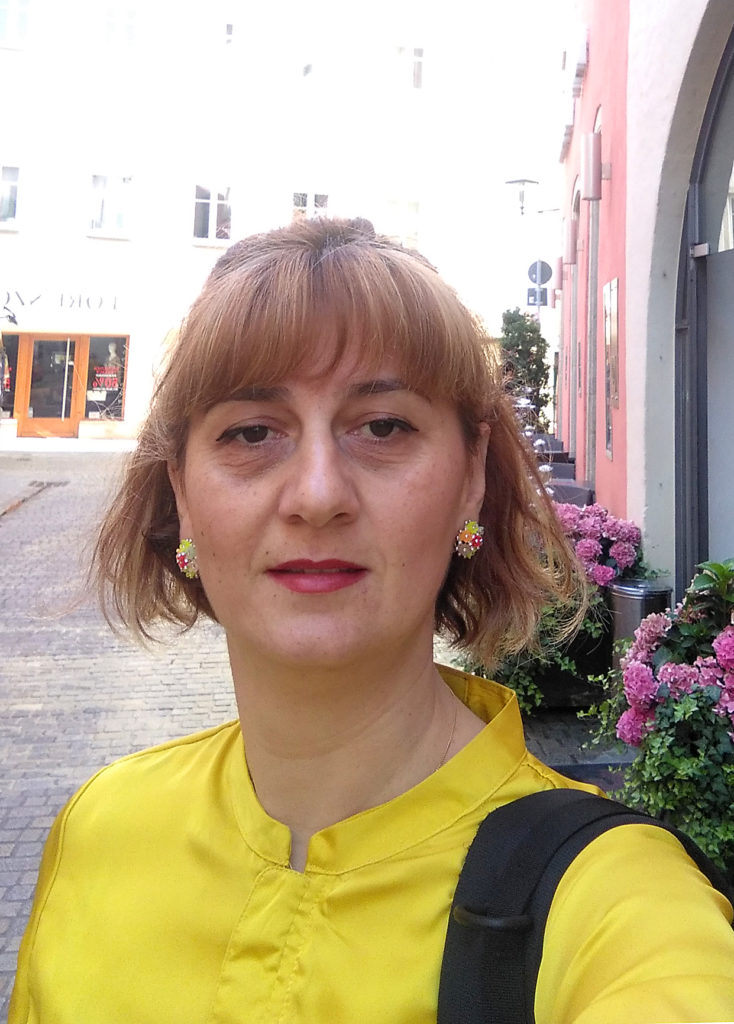
In the recent paper “Morphometry and colony structure of ants of the genus Cardiocondyla (Hymenoptera: Formicidae) from Georgia”, Nana Gratiashvili, Lena Kuschel, and Jürgen Heinze reveal that Cardiocondyla colonies from Georgia differ remarkably in morphology and colony structure from the other species of C. stambuloffii group. Here, Nana answers some questions and shares some pictures.
An Interview by Patrick Krapf, James Trager, and Sheethal Vepur

MNB: Could you tell us a bit about yourself?
NG: My name is Nana Gratiashvili. I am from Georgia. I work as a researcher at the Institute of Zoology at Ilia State University. I have a family and two kids.
MNB: Could you briefly outline the research you published in Zoology in the Middle East in layman’s terms?
NG: My publication is about Cardiocondyla species, collected in different places of Georgia.
The ant genus Cardiocondyla shows high variability of reproductive strategies and colony structures. The cosmotropical species of this genus are characterized by a male diphenism with winged disperser males and wingless fighter males (ergatoid males). Their colonies may contain multiple fertile queens (polygyny). A phylogeny suggests that polygyny and male diphenism have evolved in various ways.
Little is known about the colony structure and male behaviour of the members of the C. stambuloffii group, which is distributed from Southeast Europe eastwards to Tibet and Mongolia.
The aim of our research was to investigate the colony structure of the taxon of C. stambuloffi group from Georgia by microsatellite genotyping. For species identification, specimens from Georgia were compared with other species of this group by morphometry and mtDNA sequencing.

Field trip in Akhaltshikhe, Parekha , Georgia in 2013. Nana Gratiashvili and Shalva Barjadze are collecting Cardiocondyla ants. Our host Kako is looking at the collecting process with great interest. (©Juergen Heinze). 
My son Luka is helping me to find the nests of Cardiocondyla ants in Tedzami Gorge. (© Shalva Barjadze) 
Taking a short break. Tedzami gorge, Georgia. (© Shalva Barjadze) 
Me with my student in Machakhela, Adjara, Georgia. (© Shalva Barjadze)
MNB: What is the take-home message of your work?
NG: Our work is the first attempt to determine the genetic structure of an ant species of the Cardiocondyla stambuloffii group. Morphometry and sequencing of mtDNA indicate that it is distinct from the other species of this group (C. gibbosa, C. koshewnikovi, C. stambuloffii, and C. tibetana). Microsatellite analysis revealed a high nestmate relatedness and frequent inbreeding, matching the observation of exclusively wingless males and the phylogenetic position of the group in the “Palearctic clade,” in which colonies are typically single-queened.
MNB: What was your motivation for this study?
NG: In the beginning, my motivation was to collect as many colonies of Cardiocondyla ants as possible, to get impressive results. Later, I wanted to make microsatellite analyses of Georgian Cardiocondyla species, but genetic variability in the first attempts was so low, that to continue this study looked senseless. But I decided to try with all colonies and to use more primers. Finally, it worked and we found variability at three loci.

Bank of the river Potskhovitskhali, Akhaltsikhe, Parekha, Georgia, 2013. (© Juergen Heinze) 
One nice day during our expedition in Vardzia, Samtskhe – Javakheti, Georgia, 2013.
From left to right: Shalva Barjadze, Nana Gratiashvili, Tina Wanke, and Juergen Heinze. (© Nana Gratiashvili)
Collecting ants in the soil with an aspirator. (© Nana Gratiashvili) 
A Cardiocondyla colony in an artificial nest. (© Nana Gratiashvili)
MNB: What was the biggest obstacle you had to overcome in this project?
NG: I don’t remember the biggest obstacle, but there are always little ones we have to overcome everywhere. In this case, starting with collecting material, finding a proper place, where they might be – is not easy to collect full colonies of Cardiocondyla ants, then in the lab, something does not work, and you have limited time… (Mine was limited because I fulfilled most of this study in Germany, at the University of Regensburg). It was stressful, but yes, I remembered, the biggest obstacle surely was being far from my family, from my kids, spending several months without them.
MNB: Do you have any tips for others who are interested in doing related research?
NG: Never give up!
MNB: So true! 🙂
MNB: Where do you see the future for this particular field of ant research?
NG: As this work comprises several different fields of research, its future might be seen in application to any genetical and taxonomical study.
MNB: Thank you for giving this interview!



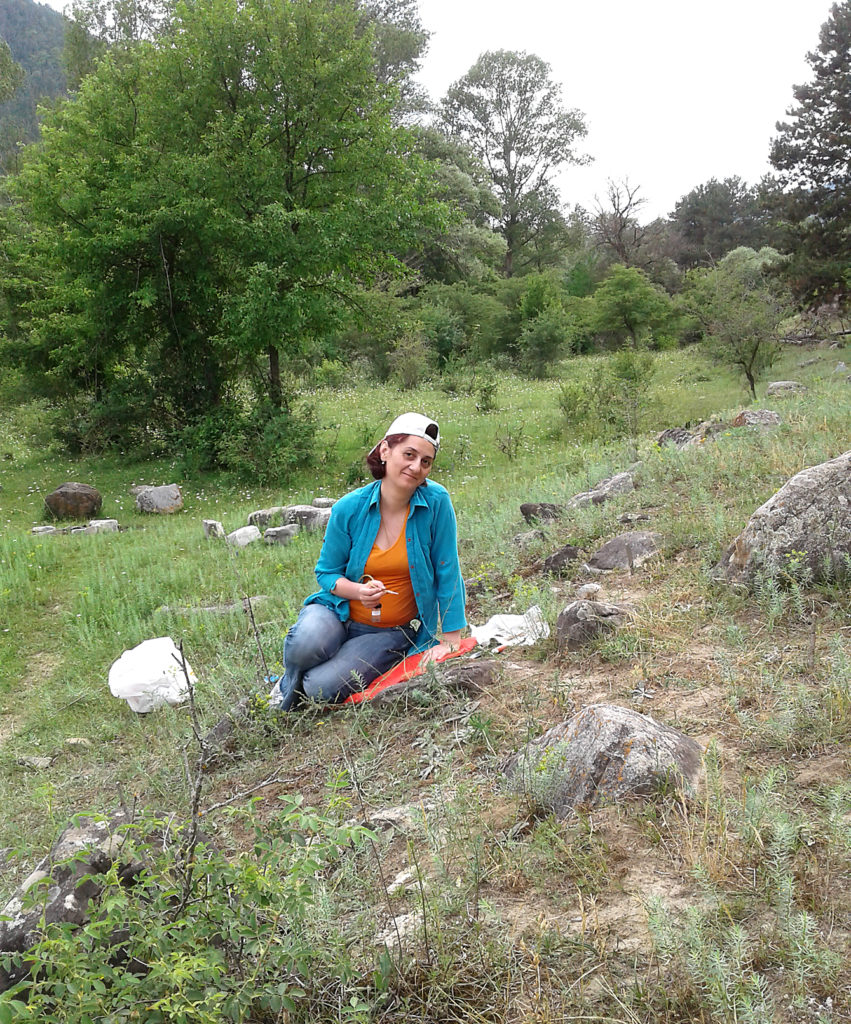








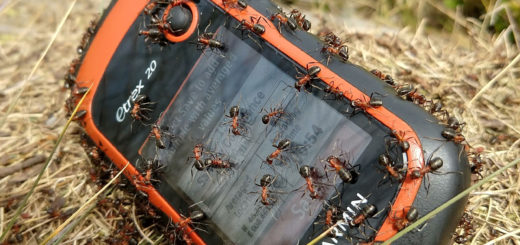
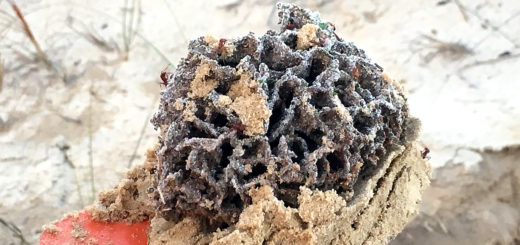
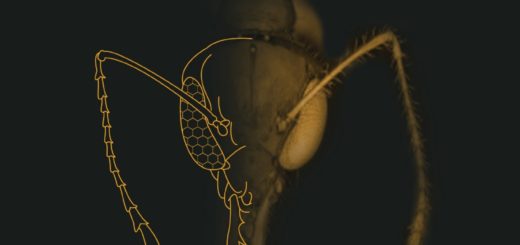
Recent Comments